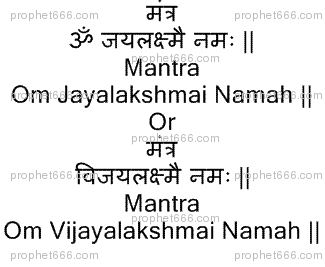

The fireworks signify celebration of Diwalias well a way to chase away evil spirits. The children enjoy sparklers and variety of small fireworks, while adults enjoy playing with ground chakra, Vishnu chakra, flowerpots (anaar), sutli bomb, chocolate bomb, rockets and bigger fireworks. Īfter the puja, people go outside and celebrate by lighting up fireworks. Hence, the sign of Libra is believed to suggest the balancing and closing of account books. On this day, the sun enters its second course and passes the constellation Libra, which is represented by the balance or scale. The most auspicious time for the puja is decided when “amavasya tithi” prevails during “pradosh kaal” or the evening time. Kubera the treasurer of the gods is also worshipped.

Lakshmi Puja consists of a combined puja of five deities: Ganesha is worshipped at the beginning of every auspicious act as Vighneshvara goddess Lakshmi is worshipped in her three forms Mahalakshmi the goddess of wealth and money, Mahasaraswati the goddess of books and learning, and Mahakali. Hence, the broom is worshipped with offerings of haldi (turmeric) and sindoor (vermilion) on this day. It is popularly believed that Lakshmi likes cleanliness and will visit the cleanest house first. Important relationships and friendships are also recognized during the day, by visiting relatives and friends, exchanging gifts and sweets. Some set diyas adrift on rivers and streams. Small earthenware lamps filled with oil are lighted and placed in rows by some Hindus along the parapets of temples and houses. Mothers are seen to embody a part of Lakshmi, the good fortune and prosperity of the household. On this day, the mothers, who work hard all year, are recognized by the family. Lakshmi symbolises wealth and prosperity, and her blessings are invoked for a good year ahead. Then diyas are lit, pujas are offered to Lakshmi, and to one or more additional deities depending on the region of India typically Ganesha, Saraswati, and Kubera. People wear new clothes or their best outfits as the evening approaches.

#Laxmi mantra meaning windows#
On the evening of Lakshmi Pooja, people open their doors and windows to welcome Lakshmi, and place diya lights on their windowsills and balcony ledges to invite her in. Lakshmi is believed to roam the earth on the night of Lakshmi Pooja. Women worship goddess Laxmi in the evening after cleaning their house and decorating the floor of their houses with alpona or rangoli. This puja is also known as Kojagori Lokkhi pujo.
#Laxmi mantra meaning full#
In Bengal Lokkhi Pujo or Laxmi puja is performed on Sarada Purnima day, the full moon day following Vijaya Dashami. It is celebrated in the evening with all family members participating in decorating and cleaning home as part of the puja. In Lakkhi Puja is performed on the full moon day following Vijaya Dashami. Devotees believe the happier Lakshmi is with the visit, the more she blesses the family with health and wealth. To welcome the Goddess, devotees clean their houses, decorate them with finery and lights, and prepare sweet treats and delicacies as offerings. Lakshmi Pooja ( Sanskrit: लक्ष्मी पूजा, romanized: Lakṣmī Pūjā), is a Hindu religious festival that falls on Amavasya (new moon day) in the Vikram Samvat Hindu calendar month of Kartik, on the third day of Deepawali and is considered as the main festive day of Deepawali, however in Assam this puja is celebrated 5 days after Vijaya Dashami.Īccording to legend, Lakshmi, the goddess of wealth, prosperity, auspiciousness, and good fortune, and Lord Vishnu's wife, visits her devotees and bestows gifts and blessings upon each of them.


 0 kommentar(er)
0 kommentar(er)
